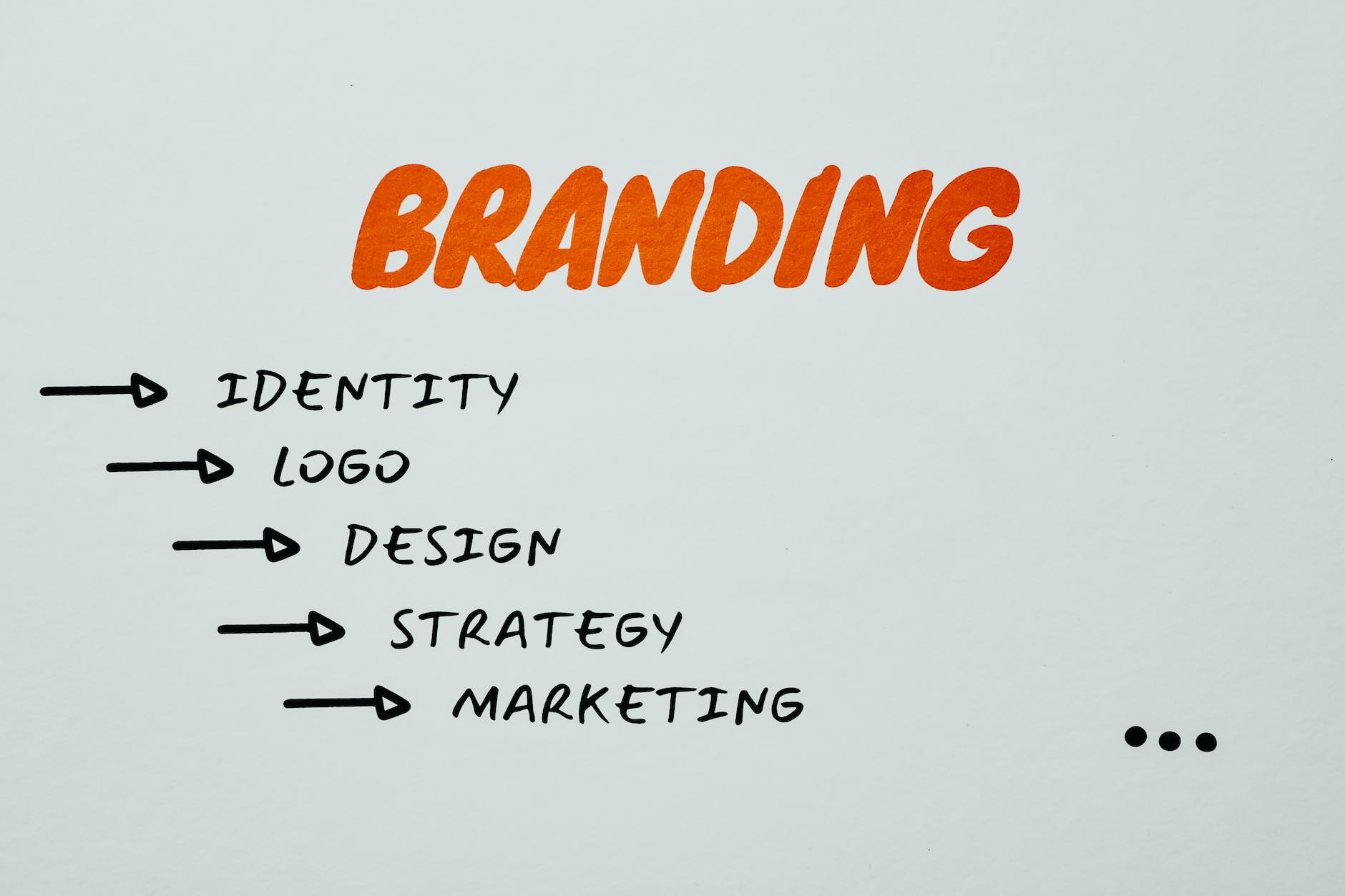You’ve probably heard the quote, management is doing things right; leadership is doing the right things. This principle doesn’t only apply in a corporate environment but also in the realm of branding.
Brand leadership is the ability to guide and influence the successful management of your brand. Welcome on a comprehensive and enlightening journey that provides insights into how you can cultivate robust leadership in your branding efforts.
Understanding Branding Fundamentals
Branding extends far beyond a mere emblem or slogan representing a business, says Want Branding. It embodies the impression, perception, and worth that a company cultivates in its customers’ minds via its offerings, services, and communication channels.
It carves out a unique identity that differentiates a business from its competitors. Consolidating these dynamics into your branding blueprint serves a pivotal role in steering potent brand leadership.
The Role of Leadership in Branding
Leadership significantly affects branding outcomes. It dictates the direction, controls consistency, and impacts the authenticity of the brand. But with myriad responsibilities on a business leader’s plate, how should one approach brand leadership?
Remember, as a leader, you’re the guiding force. You not only influence the internal aspects of your brand but also contribute to the external perception that customers develop.
Characteristics of Successful Brand Leaders
Strong and influential brand leaders usually share common traits. They’re visionaries with the ability to create a comprehensive picture of the brand’s future. They’re strategic thinkers who strive for innovation, aiming to push the brand beyond ordinary boundaries.
They value consistency and ensure it threads all aspects of branding, and they foster a brand culture that resonates with their team and customers alike.
Establishing Brand Vision and Mission
Powerful brand leaders have a lucid understanding of their brand’s purpose and objectives. They can articulate unequivocally the brand’s current state, future trajectory, and the roadmap to achieve it. Such captains astutely leverage what their brand symbolizes, their target audience, and the unique value they confer to these consumers. A prime example is Apple.
Under the flawless brand stewardship of Steve Jobs, Apple maintained unwavering clarity about its mission: to provide an unparalleled user experience, marked by simplicity and elegance. No surprise then that Apple boasts such a resilient brand image today.
Importance of Authenticity in Brand Leadership
Authenticity is the cornerstone of effective brand leadership. Leaders who adopt a genuine stance develop trust, loyalty, and a strong relationship with their customers.
Want branding that stands out and creates lasting impressions? Be genuine in your dealings, transparent in your operations, and true to your promises.
Building a Resilient Brand Culture
Brand culture is the ecosystem that nurtures your brand. It’s a blend of values, beliefs, and behaviors that embody your brand within your workforce. Indra Nooyi, a former CEO of PepsiCo, was a champion in building a resilient brand culture, successfully spearheading the goal of Performance with Purpose, and balancing the drive to succeed with social responsibility.
Adaptive Strategy for Brand Evolution
As markets change, so do customer expectations. An adaptive strategy helps your brand evolve to meet these changing needs. Brand leaders eyeball these shifts and make necessary adjustments to ensure their brand stays relevant.
Netflix is a fantastic example of this, evolving from a DVD rental company to a leading global streaming platform, adapting its strategies in line with changing landscapes.
The Power of Storytelling in Branding
Stories captivate, stories connect, and stories sell. As a brand leader, incorporating storytelling into your branding efforts allows you to engage customers on a personal level. It’s about sharing your brand’s journey, its mission, and the values that it stands for in an appealing and relatable manner.
Driving Brand Growth Through Innovation
Fierce competition and market saturation make innovation an essential ingredient for brand growth. This could mean innovating your products, services, marketing methods, or even customer service. Leaders who drive innovation create a competitive edge that propels their brand to new heights.
Measurements of Brand Success
What gets measured gets managed. In brand leadership, you strive to keep track of metrics that matter, brand reach, brand reputation, brand loyalty, brand awareness, and ultimately, brand equity. Healthy numbers in these metrics are clear indications of success in your brand leadership endeavors.
Navigating Challenges in Brand Leadership
Brand leaders face significant hurdles along the way. These might involve managing customer perceptions, tackling competition, maintaining consistency, ensuring innovation, and even building a resilient brand culture. Addressing these challenges requires resilience, resourcefulness, and a growth mindset.
Summing It Up
Brand leadership is crucial for strategic alignment, authenticity, and resilience—it links your brand with customer perception. Implementing leadership principles helps build strong customer connections and a lasting brand identity. In the age of customer-focused businesses, effective brand leadership is essential for success.

